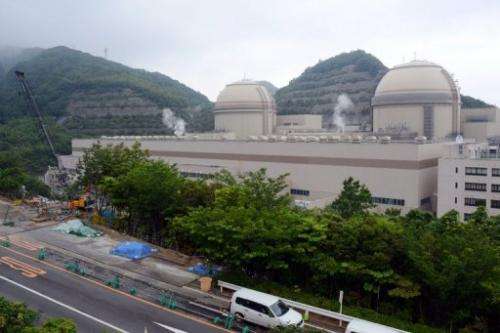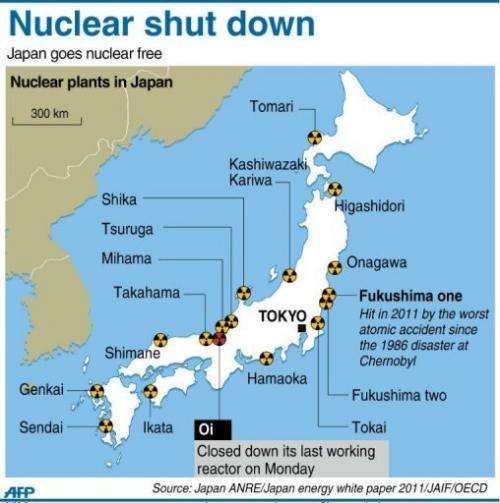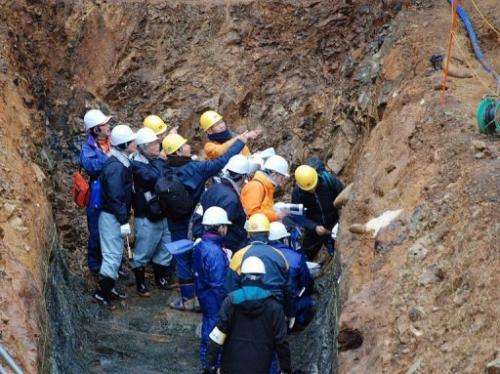Japan nuclear-free as last reactor switched off

Japan went nuclear-free on Monday as it switched off its last operating reactor for an inspection, with no date scheduled for a restart amid strong public hostility to atomic power.
Kansai Electric Power took offline the No. 4 reactor at its Oi nuclear plant in the western prefecture of Fukui at 1:33 am (1633 GMT Sunday) "without any problems," said a company official.
The move left the world's third largest economy without atomic energy for the second time since the Fukushima nuclear crisis erupted in March 2011.
Nuclear power supplied about one-third of the resource-poor nation's electricity before a tsunami knocked out cooling systems and sparked meltdowns at Fukushima, causing tens of thousands to flee their homes.
Prime Minister Shinzo Abe has openly backed a return to the widespread use of atomic energy, but the public remains divided over his support, with opponents concerned on safety grounds.
Japan previously was without any nuclear energy in May 2012, when all of the country's 50 commercial reactors stopped for checkups in the wake of the disaster.
Utilities were unable immediately to restart them due to public opposition.
It was the first time in more than four decades that Japan had been without nuclear power.

Government officials and utilities voiced concern at the time that Japan could face major blackouts without nuclear power, particularly in the western region that relied heavily on nuclear energy.
Their fears proved unfounded but the government last year gave Kansai Electric approval to restart No. 3 and No. 4 reactors at the Oi plant, arguing that nuclear energy was necessary to meet increased electricity demand during the winter.
The reactors were reactivated in July 2012 and resumed full commercial operation the following month, but the No. 3 reactor was shut down earlier this month for a scheduled inspection. The nation's other reactors have remained idle.
Utilities this summer have submitted applications to restart their reactors with the Nuclear Regulation Authority, which has significantly upgraded safety standards since the Fukushima crisis.

The central government and utilities will seek the consent of local governments and communities hosting nuclear plants before any future restarts.
Radiation was spread over homes and farmland in a large area of northern Japan when the massive tsunami hit the Fukushima nuclear power pant on March 11, 2011 and caused meltdowns of its reactors.
No one is officially recorded as having died as a direct result of the meltdowns, but tens of thousands were evacuated and many remain so. Some areas are expected to be uninhabitable for decades.
© 2013 AFP





















